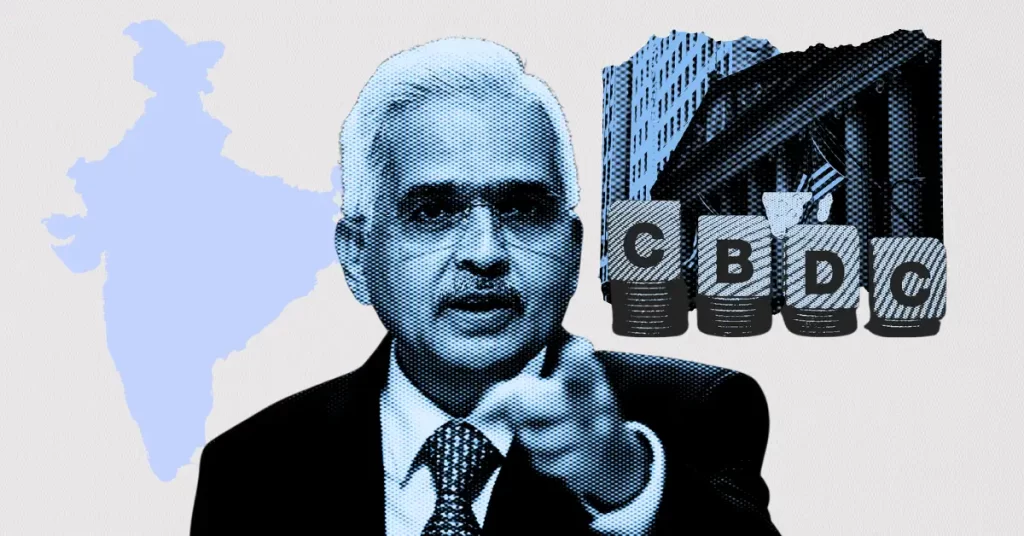Exclusive: India’s Digital Rupee Pilot Sets Benchmark for CBDC Rollouts, Says Polygon Labs Payments Head



The post Exclusive: India’s Digital Rupee Pilot Sets Benchmark for CBDC Rollouts, Says Polygon Labs Payments Head appeared first on Coinpedia Fintech News
Central banks around the world are actively researching, testing, and piloting central bank digital currencies (CBDCs), with several countries already rolling out digital money for public use. However, despite growing interest, day-to-day adoption among citizens remains limited.
CBDCs offer several clear advantages. They allow governments and central banks to implement monetary policies more efficiently, making processes like tax deductions and foreign investment regulations automatic. Additionally, CBDCs cut down on the costs and complexities of printing and managing physical cash.
India, widely recognized for its digital payment success with UPI, is now eyeing its next milestone with programmable digital money. The country launched its Digital Rupee pilot in December 2022, and by early 2024, it had onboarded 1.3 million users and over 300,000 merchants. The pilot uses a token-based offline model and integrates smoothly with existing digital infrastructure like UPI and Aadhaar.
Aishwary Gupta, Global Head of Payments at Polygon Labs has opened up about how different countries are learning from their CBDC experiments. “As of 2024, over 130 countries, representing 98% of global GDP, are exploring CBDCs,” Gupta said in an interview with Coinpedia. “But adoption is uneven. China’s e-CNY has over 260 million wallets and processed more than $250 billion, but its daily usage remains limited. Nigeria’s eNaira has struggled with adoption, mainly due to trust and utility gaps.”
He added that India’s early success is thanks to its strong digital infrastructure and public-private collaboration. Gupta believes CBDCs must address real-world challenges like financial inclusion and remittances while preserving privacy to gain public trust.
“Public-private partnerships, strong identity frameworks, and clear communication are key. Ultimately, trust in CBDCs is not built through issuance, but through design, transparency, and impact,” the expert said.
The Bigger Debate: Control vs. Privacy
While central banks maintain that CBDCs are meant to complement cash, not replace it, critics argue they could eventually tighten government control over monetary systems. As the world moves toward tokenized assets and decentralized technologies, concerns around privacy, surveillance, and financial freedom in a CBDC-driven economy continue to grow.
The global CBDC experiment is still in its early stages, but the conversations around trust, privacy, and the role of central banks in a digital future are only getting louder.

Wordcoin (WLD) Price Forecast: Bullish Breakout Confirmed After a $135M Fundraise
The post Wordcoin (WLD) Price Forecast: Bullish Breakout Confirmed After a $135M Fundraise appeared ...

Strategy Announces Plan to Raise $2.1B to Strengthen Bitcoin Holdings: BTC Price Hits New ATH
The post Strategy Announces Plan to Raise $2.1B to Strengthen Bitcoin Holdings: BTC Price Hits New A...

Best Crypto to Buy Now Before Dogecoin Hits $1.25
The post Best Crypto to Buy Now Before Dogecoin Hits $1.25 appeared first on Coinpedia Fintech News...

